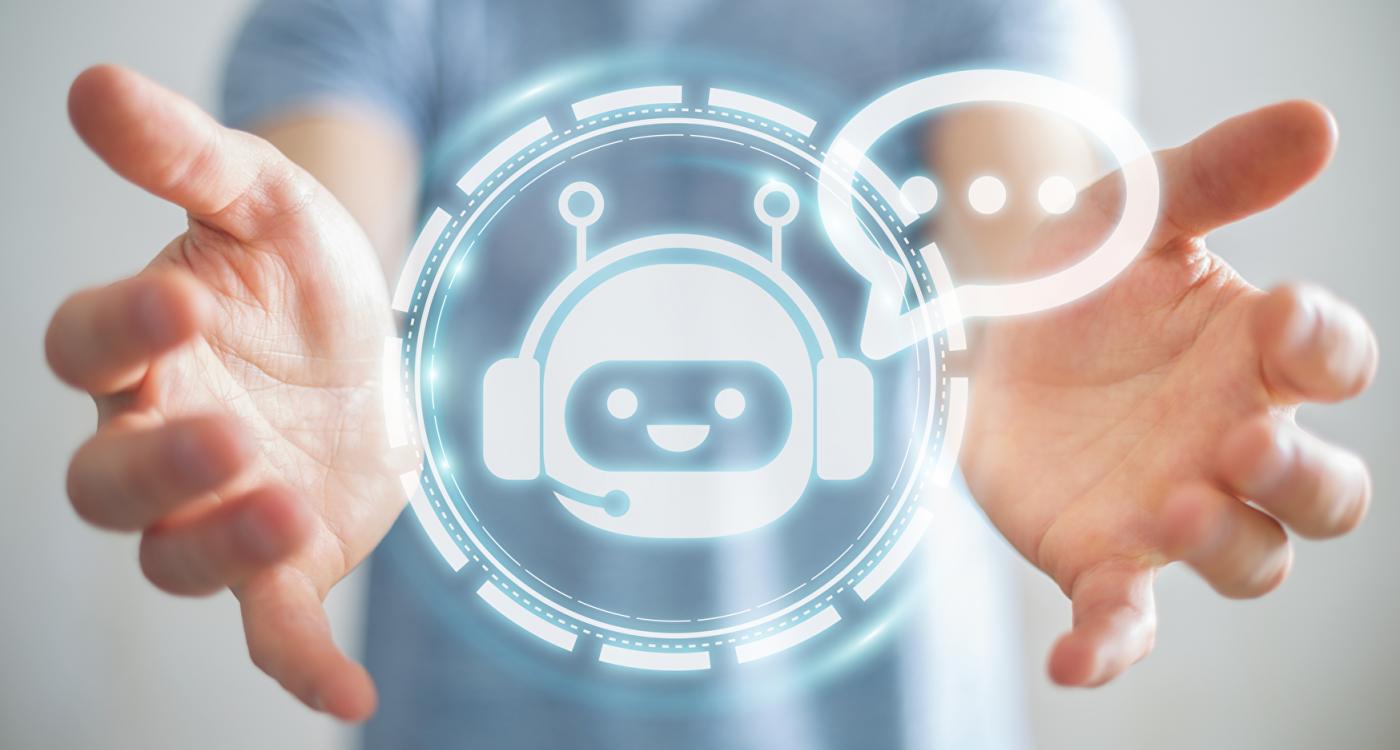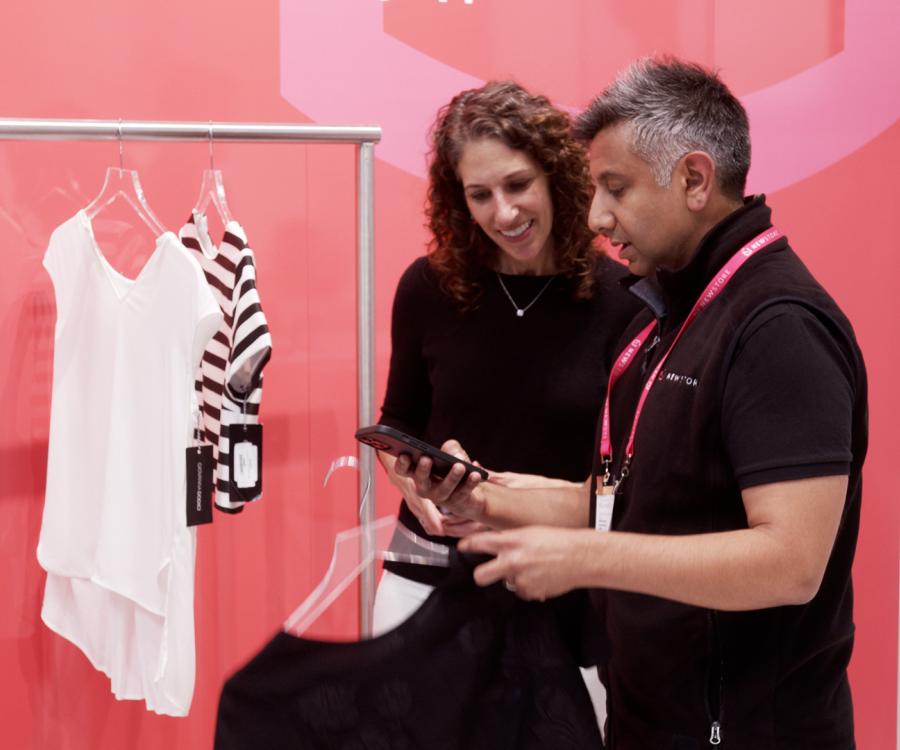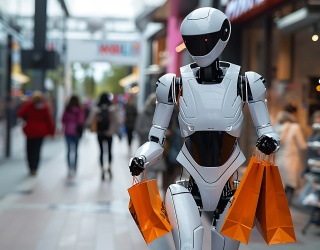Chatbots and virtual assistants – some think they are creepy, others consider them a part of daily life. Either way, they patiently answer frequently asked questions related to the opening hours of the nearest supermarket.
By now, some platforms do this so well, users may not even realize that they are communicating with AI technology versus a real person.

Holger Budde from Space and Lemon develops and trains chatbots for companies. We asked him whether modern retailers should consider using this technology and what that means exactly.
Mr. Budde, why do chatbots improve customer service?
Chatbots and smart assistants help automate any repetitive, tedious tasks and answer commonly asked questions like “What are your store hours? How do I get to the store? Do you have this brand available at your store?” By automating repetitive tasks, it also allows us to get a lot of data to feed and enhance the intelligence of the bots.
The questions might be repetitive, but the speech patterns vary. How is a machine able to understand the user’s intents and respond appropriately?
This is a complex process from a technical perspective. There are Natural Language Processing (NLP) tools that allow chatbots to analyze, get context and meaning to user input. Examples include Google Dialogflow, LUIS by Microsoft and Rasa Core (open source). These companies have already laid the groundwork for our purposes. However, you still have to prepare and train your chatbot for different applications and specific use cases.
You specialize in training chatbots for companies.
Our job already starts with the idea: What use cases do our clients have, what do users expect when they communicate with the company, and which conversations are best handled by the chatbot? We subsequently utilize the previously mentioned NLP tools to facilitate platform implementation. Next is the chatbot training: Does the bot correctly recognize and produce the right answers to user questions and where do we have to make adjustments?
What does this training process look like exactly?
A human has to tell the machine whether it understood and answered a question correctly. For example, the question "When will I receive my bill?" differs from "Why is my bill so high this month? There are three items on my bill that I don’t understand and I want to cancel”. There are messages and questions with so-called multiple intents. Training the bot to understand multiple intents correctly is a major challenge.
For the platform to operate and differentiate correctly, you need at least 30, but preferably 50 different expressions per intent. We use common sense to come up with expressions or rely on pre-defined responses and sets of questions we add to the platform. The machine also learns from continuous input and use as we are not always able to identify all possible expressions for an intent beforehand. That’s why you still need a human being who makes any needed corrections. We are still a long way away from Super AI without human masters.
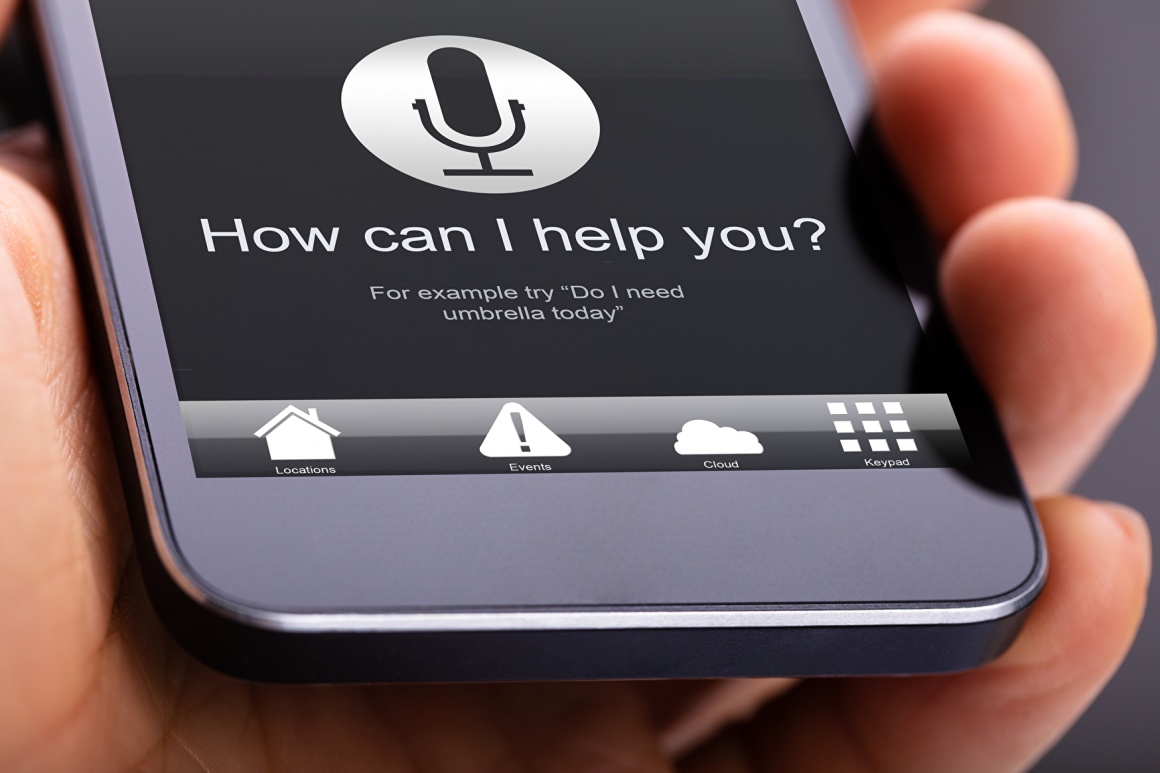
I imagine it’s an even bigger challenge to train a virtual assistant.
Written and spoken communication are very different. Spoken conversation is more flexible, more casual and you also have dialects to consider. Language is the most intuitive mode of communication. We use it every day and hardly ever think about it.
Yet that’s not the only reason spoken language will come out on top and has already become the preferred way to interact with digital assistants in many areas. For example, when I am in the car or in my kitchen and my hands are occupied elsewhere, voice commands come in very handy. However, when it comes to more confidential matters like personal data or payment arrangements, many users still prefer to type the information.
Chatbots were hyped at first. Now that the hype has subsided, we see a rise in voice applications. However, these assistants are ultimately multimodal: As a user, I don’t care whether I talk to my virtual assistant or type things in – my main concern is that my question is answered.
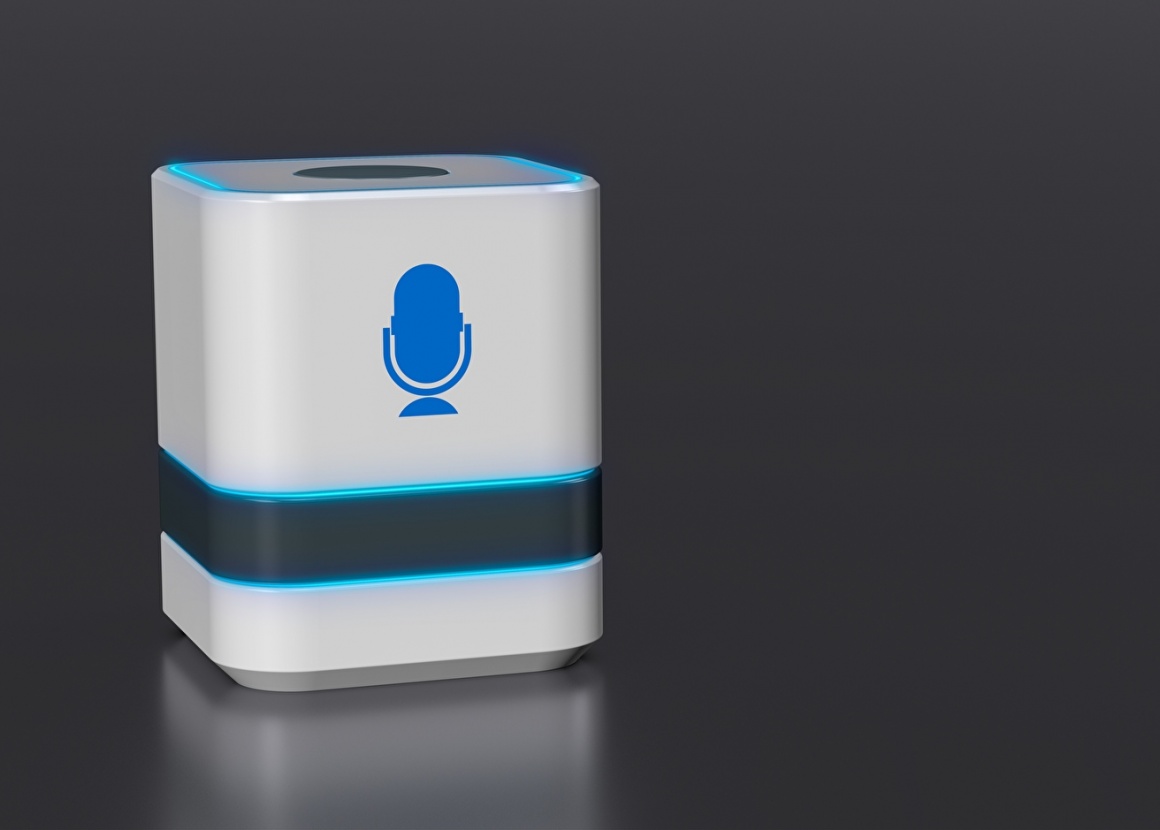
Can artificial intelligence perform as well as humans in the foreseeable future?
I believe in some specific cases, a chatbot can replace humans. Google Duplex is one example of this. It allows certain users to make a hair appointment of restaurant reservation by phone. However, instead of the user speaking directly to the restaurant employee, AI mimics and speaks for the user.
If companies use chatbots, should they be transparent and let users know they are communicating with a bot?
Yes, they should. It’s honest, and it is also a great strategy as the technology has not yet reached the point where everything works perfectly. Users are not so much interested in what the chatbot can do. They just want to ask their question or place their request in their own words. Users should be met where they are. You should give them examples and help them communicate with an AI platform. Otherwise, you run the risk of disappointing customers and their expectations.
Do you think companies and retailers should learn more about this subject?
Many users embrace chatbots and virtual assistants, especially Google Assistant and Alexa from Amazon. User rates are increasing. Users expect that service requests can be handled automatically without the need to drive to a store or wait in a phone queue.
Companies are already successfully using bots and assistants to reach their customers. This also means that companies now have to find ways to be present in these interfaces and stay relevant to users.
It doesn’t always take major technology initiatives that take years to implement. Companies can achieve a lot with simple but relevant use cases that help users do things faster and with more efficiency and convenience. For example, I always suggest that traditional retailers continuously manage and update their Google My Business accounts and always download the latest information pertaining to opening hours and business holidays.

